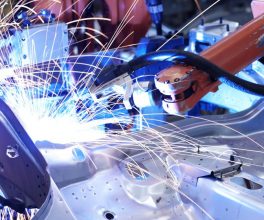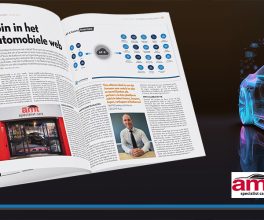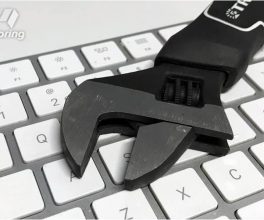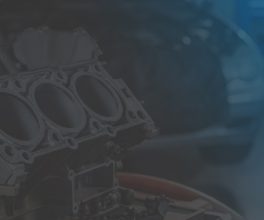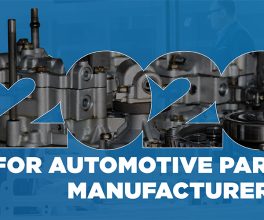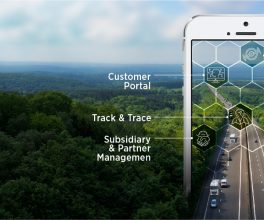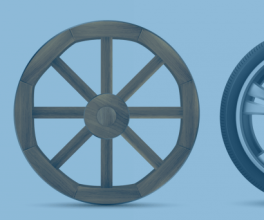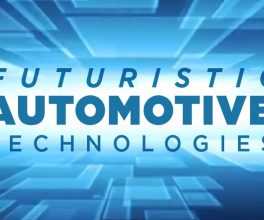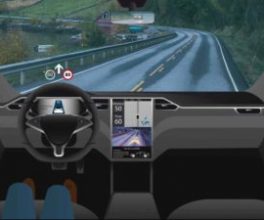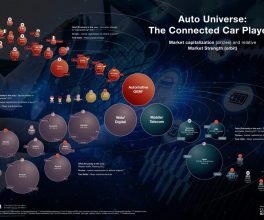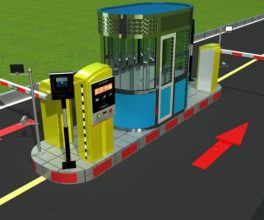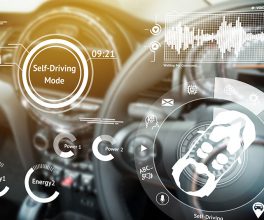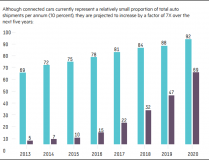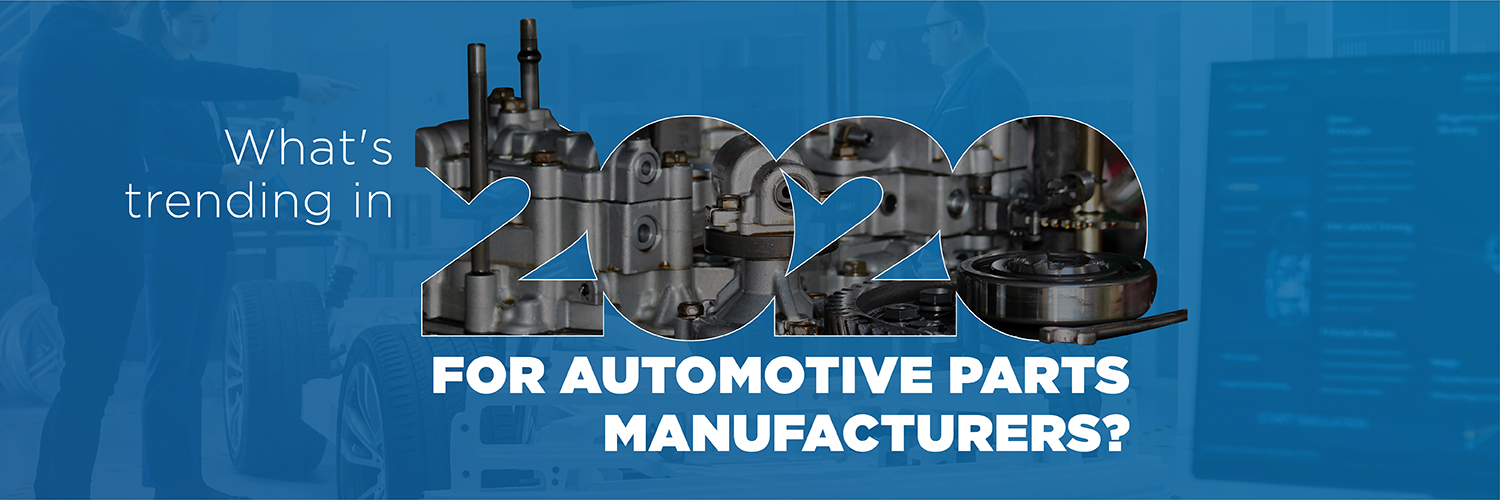As per a recent report, the global Automotive Aftermarket Parts Industry is expected to stand at a whopping $723 billion in sales by 2020. The US alone would account for $296 billion. This includes both OE and aftermarket parts, equipment, service, and collision repair to name amongst a host of other facets. As we venture into the future of mobility, OEMs are rolling out a diverse and technologically advanced line-up of cars, trucks and commercial vehicles and this has opened a whole new world of possibilities. Here are some of the biggest trends that are expected for automotive parts manufacturers in 2020.
Clean mobility is the future
As propulsion technology improves it opens new horizons for the parts manufacturers. Electric and hybrid solutions are being developed at a never seen before rate as we take one more step towards the future of clean mobility in 2020. Technologies like cylinder deactivation, cleaner injection systems, more efficient turbochargers etc. have a higher priority as OEMs now strive even harder to reduce the carbon footprint.
E-Commerce changing the Automotive Aftermarket Landscape
The influence of digitisation has transformed the parts buying process of an average consumer. Now a prospective customer is well aware of the market and the product as well since he/she has access to all the pertaining information and reads everything possible, including reviews and videos.
Wheel and tire websites are one of the fastest-growing segments in the automotive components industry. Third-party data aggregators are also gaining a substantial market share where customers can go and compare the products and services offered by various brands.
E-commerce: The biggest influence
According to a study by Hedges Company, the aftermarket e-commerce market is predicted to touch $12billion in annual sales which would rise to over $19 billion by 2022. Not just that, by 2022, the online digital influence is projected to be $160 billion.
Automakers are leveraging smartphone and e-commerce technologies to ease the process of driving and owning a vehicle. Most automakers have started providing owner’s manuals and other important information on the smartphone for enhanced convenience.
One platform, many vehicles
Globalisation has entirely changed the face of manufacturing, particularly in the automobile industry. BMW and Toyota joining hands to revive the legendary Supra and introduce the new Z4 is probably the best example of how even the biggest OEMs are forced to collaborate in the ever-changing global automotive scenario. This has had a big impact on the automotive parts industry. Automakers are now building vehicles based on modular architectures which means that similar parts from various manufacturers can be applied in the same vehicle.
Digital Transformation
The automotive industry is the most data-driven in the world with a connected car generating an average 60GB of data per hour. Smart vehicles are designed to collect information on every aspect of your mobility experience, right from detailed driver data to routes, traffic patterns and even the oil that you have used in your vehicle.
Digitisation has forced the parts manufacturers to change their approach and the brands are responding well. Moving from conventional technologies, we have now equipment like power control modules or PCM. A typical PCM is capable of executing over 2000 procedures per second. As per a recent analysis, assisted-driving technology would enable the customers to save more than a trillion dollars in the next few decades and over 900,000 lives.
AutoFacets is a pioneer when it comes to offering world-class services in the Automotive Parts Manufacturing Industry. Right from the spare parts management software, product information management to the garage management platform, we cover it all. Contact us for any query or a future business collaboration in the Automotive Spare Parts industry and the whole automotive ecosystem.

